SAN JUAN CAPISTRANO (Day 14 - part 3)

The Gloria Bell Wheel was used to celebrate Easter at the mission from the early 1800s to mid 1900s.

One of the original bells celebrating the El Camino Real from 1906.

Four bells were originally cast for the mission. Each was named after a saint. From largest to smallest they were: San Vincente, San Juan, San Antonio and San Rafael. When the bell tower collapsed from the earthquake in 1812, the bells were relocated to the bell wall (or Campanario). Unfortunately the two largest sustained major damage and never rang the same. In 2003, two damaged bells were replaced with replicas and the originals were moved to where the bell tower once stood.


According to a survey in 1834, the mission owned 209 books. These date from the 1770s to 1900s.
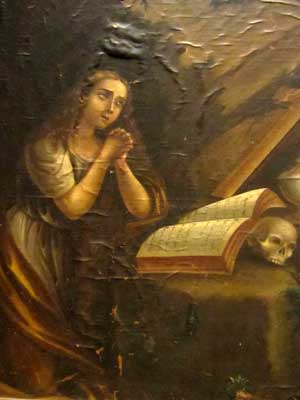
The Penitent Sinful Woman, early 1900s
Historically, she is identified as Mary Magdalene. A sermon by Pope Gregory the Great in 581first declared her as a prostitute, even though she is not mentioned as such in the Bible. But this belief lasted for centuries until in 1969, Pope Paul VI set the record straight, separating her from other women mentioned.
The ripples in the canvas are the result of a failed restoration effort. The canvas had been cut from its frame and glued to a piece of wood. It would cost around $5,000 to repair it. Preservation establishes protective measures to prevent things from getting worse; conservation is actual repair to damaged items (with hopefully the least amount of change to the original quality).

The Immaculate Conception, early 1800s. It was conserved in 2013.

We made our way down the end of the west wing and into the misson's old garden and industrial center.


Some of the old structures .... and an adobe brick mold used to shape the mud into rectangular blocks.
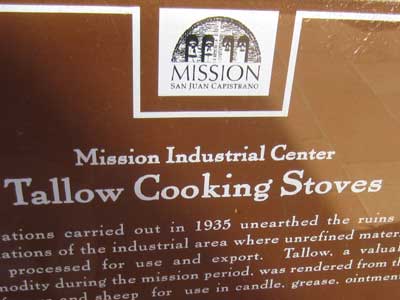

Tallow was made from the fat of cows and sheep and used for candles, grease, ointments and soap.
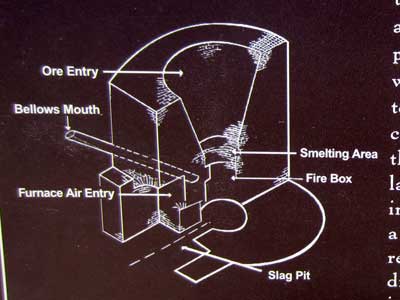

The Catalan furnaces was where unrefined materials were processed. Ore was smelted for tools and farm implements.

These are from around 1790


The garden .... and blacksmith tools
Walking along the north corridor...


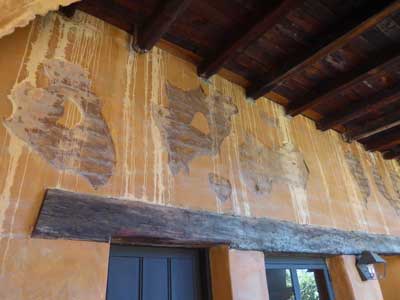




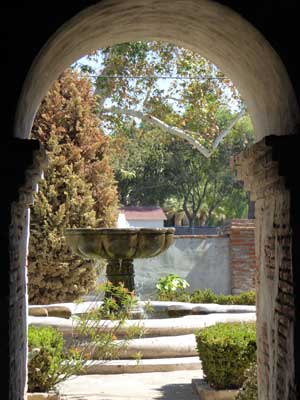


A small bell tower along the north corridor
The Serra Chapel in the east wing...
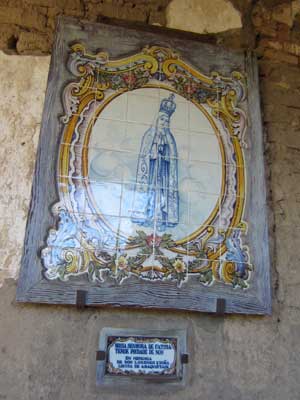


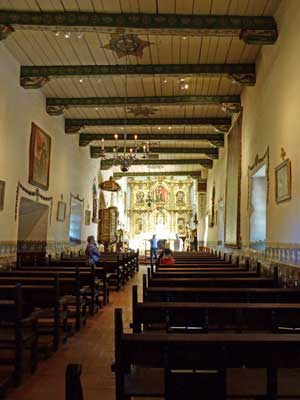
Built in 1782, restoration began in 1910 by Father St. John O'Sullivan. Having been given just a short time left to live (he had tuberculosis), he went on for another 23 years, devoting his life to rebuilding the mission.


A side room with St. Peregrine's Chapel

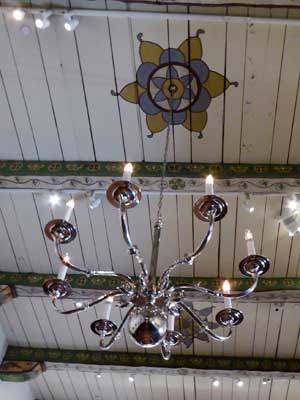




return • continue

